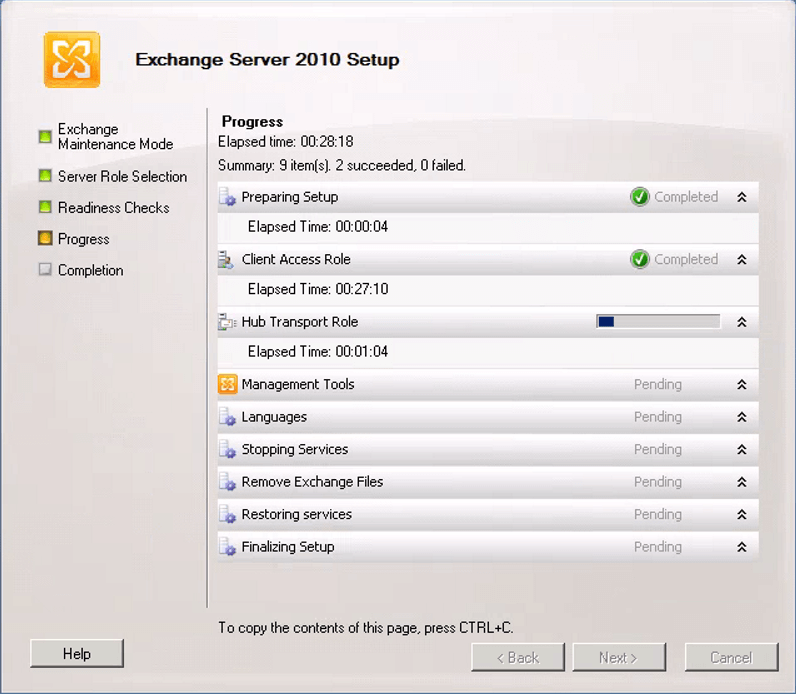

Depending on your troubleshooting and log retention requirements, you can move older files to an another location. You can parse the agent log using the Get-AgentLog command from the shell.īy default, the Get-AgentLog cmdlet parses agent logs in the default location ( \Exchange Server\TransportRoles\Logs\AgentLog). In the following example, we modify max directory size to 500 Mb, file size to 20 Mb, and age to 60 days, by creating new keys in : To disable agent logging, insert the following key under in the config file: Note, the key names in are case-sensitive. The agent log configuration parameters can be controlled by editing the file, located in \Exchange Server\Bin folder on Edge and Hub Transport servers. Exchange Server 2007 SP1 includes the additional configuration parameters listed above to control the max directory size, file size and age of agent logs added. If it’s important to maintain agent logs for a certain number of days, you must consider the volume of logs generated daily, and raise the AgentLogMaxDirectorySize if required.Įxchange 2007 RTM has only one configuration option for the agent log – that to enable or disable it. Logs are flushed when they’re older than the AgentLogMaxAge, or if the directory size reaches the AgentLogMaxDirectorySize (250 Mb by default), whichever happens first.

You can modify it by adding the AgentLogMaxAge key and providing the desired value. Agent log age: The age of a log is capped at 30 days.In a high volume environment, you must consider the volume of log files generated in a day, and determine the space required based on how many days’ worth of log files you want to retain for troubleshooting or to meet your organization’s retention requirements. You can modify it by adding the AgentLogMaxDirectorySize key and providing the desired value (in bytes). Max directory size:: By default, the size of the directory is capped at 250 Mb (262144000 bytes).Parsing very large log files can be slower- the default max file size works for most deployments. You can modify it by adding AgentLogMaxFileSize key and providing the desired value (in bytes). Max file size: By default, the maximum file size of each agent log is 10 Mb (10485760 bytes).You can disable it by adding the AgentLogEnabled key, and setting it to FALSE. Enable/Disable agent log: On transport servers with anti-spam agents installed, agent logging is enabled by default.Exchange 2007: \Exchange Server\TransportRoles\Logs\AgentLog.Exchange 2010: \Exchange Server\V14\TransportRoles\Logs\AgentLog.The anti-spam agents log their actions in (anti-spam) agent logs. Exchange 2007 includes a number of anti-spam agents to filter spam.


 0 kommentar(er)
0 kommentar(er)
